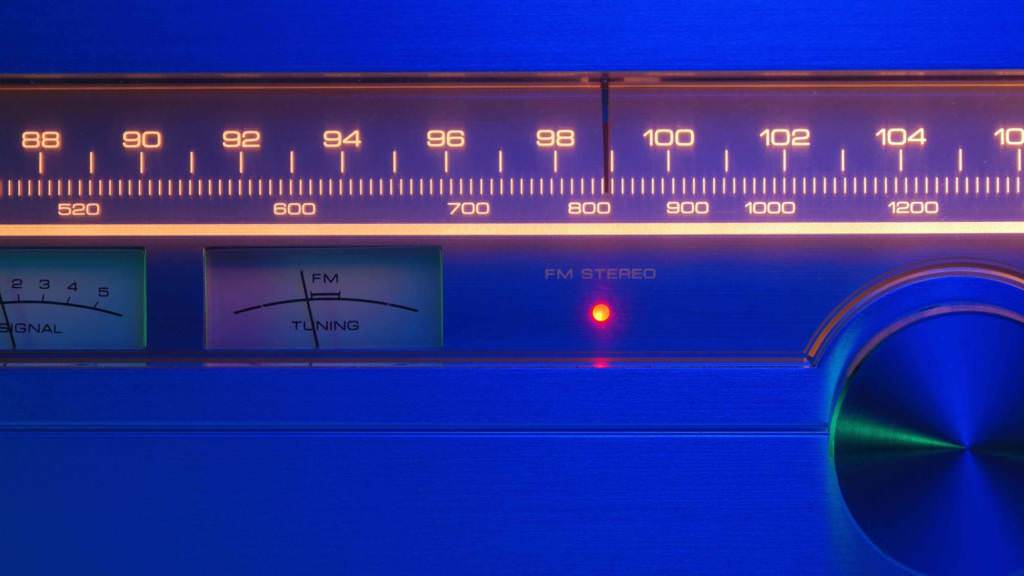It’s no secret that digital is moving in on terrestrial radio. A recently published report by Musonomics claims that the medium will be dead within a decade thanks to a myriad of factors that range from smart speakers to Gen Z preferences, but Nielsen and the National Association of Broadcasters disagree. Should marketers be worried about advertising on AM/FM stations? Let’s take a look at the data.
Trust In Traditional
Consumers like and trust traditional advertisements more than digital, according to a study by MarketingSherpa. Out of the 2,400 US consumers interviewed, 71 percent say they usually trust radio advertising when making a purchasing decision. In fact, the top five most-trusted types of advertising were all traditional, including television and print.
Unaided brand recall is five times higher for those on the air than brands not advertising on AM/FM radio, according to a study by Local Ad Recall. Fielding 27 local ad recall studies with 8,377 consumers, the company also found that 78 percent of respondents trust on-air personalities like a friend.
While streaming music integration is commonplace for modern vehicles, Edison Research reported that 90 percent of commuters still listen to AM/FM radio. If given only one choice of audio to listen to, 43 percent of the total sample would choose traditional AM/FM radio. To underscore the point, when BMW and Tesla removed or disabled the AM radio function in some of its electric models, there was a considerable backlash from consumers.
“For any doubters out there, AM/FM is here to stay and has a larger than some may expect listening base,” Henry Bzeih, managing director of connected and mobility for Kia Motors America told Insider Radio in an August 2017 interview. “Therefore, until we see a different trend, we will protect the tuners in our head units for terrestrial radio.”
Yes, Young People Are Still Listening
Nielsen’s latest Total Audience Report 2017, Q1 data shows that Gen Z spent over 35 hours per month listening to AM/FM radio and 88 percent of Gen Zers use terrestrial radio each week.
In fact, the report finds that AM/FM radio reaches 88 percent of Generation Z in the US each week and 93 percent of millennials.
“Nielsen data affirms radio’s continued vitality,” a spokesman from the analyst film told Variety. “In the face of a constantly shifting media landscape, radio continues to have the broadest weekly reach among all media.”
Nearly 88 percent of Americans between the ages of 12-17 turn to radio each week, and they spend nearly 10 hours a week listening to local radio, according to the Radio Advertising Bureau.
It Pays To Tune In
It’s not enough to know that consumers still tune in, so let’s take a look at how ad spending performs in terms of ROI.
Nielsen’s sales effect study found that radio exposure led to a significant return on advertising investment for department stores, mass merchandisers, home improvement stores and quick-service restaurants.
Department stores saw the highest return of $17.00 to $1.00 and experienced a 10 percent increase in sales. Mass merchandisers saw a $16.00 to $1.00 return. Home improvement stores experienced a $9.00 to $1.00 return while the return for quick-service restaurants was $3.00 to $1.00.
According to Media Ecologist Jack Myers’ 29th Annual Marketing & Advertising Data and Spending Forecast, radio revenue will increase from $15.9 billion in 2016 to $17.8 billion in 2020. Terrestrial radio is expected to see a 12.3 percent increase in ad spending over the next three years. Its total share of the ad revenue pie will grow from 2.8 percent to three percent by 2020.
It sounds like radio isn’t going off the air anytime soon.

